Overview
Folding knives are compact, portable tools with blades that tuck into the handle, ideal for everyday carry. This article explores different folding mechanisms, such as slip joint, lockback, liner lock, frame lock, compression lock, and axis lock, each with unique benefits. It also provides guidance on selecting the right mechanism based on intended use, ease of operation, safety, and aesthetics, along with maintenance tips to ensure longevity and functionality. Folding knives cater to various needs, making them valuable tools for enthusiasts and casual users alike.
Frequently Asked Questions
1. What are folding knives?
2. Why should I choose a folding knife?
3. What are the common types of folding mechanisms in pocket knives?
4. How do I select the right folding mechanism for my needs?
5. How can I maintain my folding knife?
Pocket knives have long served as essential tools for a variety of tasks, ranging from everyday carry to outdoor adventures. One of the remarkable features that distinguish these handy tools is their folding mechanisms. By understanding the different folding mechanisms available in pocket knives, you can make a well-informed choice that enhances your experience. In this article, we will delve into the various types of folding mechanisms in folding knives, explaining their unique characteristics, benefits, and potential uses. So, let’s dive in and explore the mechanics of these versatile tools!
What are Folding Knives?
Folding knives are a category of knives designed with blades that tuck into the handle, making them easy to carry and store. The folding mechanism allows a blade to be deployed from its stowed position while remaining compact enough for pocket storage. This practicality makes folding knives favorites among enthusiasts and casual users alike.
Why Choose Folding Knives?
Folding knives offer several advantages over fixed-blade knives, including:
- Portability: Their compact design makes them perfect for everyday carry.
- Safety: The blade is concealed when closed, minimizing the risk of accidental cuts.
- Versatility: They are available in various styles and functions, suitable for multiple purposes.
- Ease of Use: Many folding knives feature ergonomic designs for efficient handling.
Common Types of Folding Mechanisms
Now that we understand the basics of folding knives, let’s explore the most common types of folding mechanisms. Each mechanism has its advantages and ideal usage scenarios, catering to specific preferences and needs.
1. Slip Joint
The slip joint mechanism is one of the oldest types of folding mechanisms found in pocket knives. It does not have a locking mechanism; instead, it relies on a spring to hold the blade open. To close the blade, the user presses on the back spring to allow the blade to slide back into the handle. This simple yet effective design is often seen in traditional pocket knives.
Advantages:
- Lightweight and slim design.
- Allows for quick and easy opening.
- Classic and timeless appeal.
2. Lockback
The lockback mechanism features a locking bar that interacts with a notch in the blade. When the blade is opened, the bar snaps into place, securing the blade in its deployed position. This locking mechanism provides a higher level of safety, making it popular among users who require a more secure knife for demanding tasks.
Advantages:
- Reliable blade lock for safer usage.
- Sturdy construction suitable for heavy-duty tasks.
- Easy to operate with one hand.
3. Liner Lock
Liner locks are another prevalent type of folding mechanism. In this design, a metal liner inside the handle moves into place against the tang of the blade when opened, preventing it from closing unexpectedly. To close the blade, the user simply pushes the liner away to release the blade.
Advantages:
- Robust locking system that allows for quick engagement.
- Available in various designs; suitable for tactical folding knives.
- One-handed operation for convenience.
4. Frame Lock
Similar to the liner lock, the frame lock mechanism uses the frame of the knife itself to secure the blade in an open position. A portion of the handle’s frame pivots over the blade tang to lock it in place. This robust design has gained popularity among modern folding knives due to its strength and simplicity.
Advantages:
- Enhanced durability thanks to its integral design.
- Minimalist, lightweight concept.
- Often seen in high-quality tactical folding knives.
5. Compression Lock
The compression lock, made popular by Spyderco, is a unique mechanism that combines the strengths of liner and frame locks. In this design, a tab above the blade's pivot locks it in place when opened. This lock is released by pulling back the tab, allowing the blade to fold back into the handle.
Advantages:
- High safety level with easy access to the locking mechanism.
- One-handed operation enhances efficiency.
- Versatile design suitable for various blade styles.
6. Axis Lock
The axis lock system utilizes a spring-loaded bar that engages with a slot in the blade. This mechanism allows for quick, smooth deployment of the blade while providing solid locking security. It is favored by users who enjoy fast-action knives without compromising safety.
Advantages:
- Exceptional smoothness and responsiveness.
- Ambidextrous design for convenience.
- Versatile for brief, casual use or serious tasks.
Selecting the Right Folding Mechanism for You
Understanding the different folding mechanisms can help you make an informed decision when purchasing a pocket knife. Here are some key considerations to keep in mind:
1. Intended Purpose
Consider what you need the pocket knife for. If you need a reliable everyday carry knife for light tasks, a slip joint may be ideal. However, for demanding work such as camping or tactical applications, a lockback or axis lock will provide the necessary security.
2. Ease of Use
Choose a mechanism that suits your comfort level. If you prefer a simple and intuitive operation, a slip joint or frame lock might be your best bet. If single-handed opening is crucial, look towards liner locks, compression locks, or axis locks.
3. Safety Features
Assess how important safety features are in your selection. If you carry your pocket knife around frequently, opt for mechanisms with robust locks, such as lockbacks or liner locks, to prevent accidental closures.
4. Aesthetic Preferences
A pocket knife is not just a tool; it can also be a style statement. Different mechanisms may influence the overall aesthetic of the knife. Research various styles that not only meet your functional needs but also reflect your personality.
Maintaining Your Folding Knife
Once you’ve chosen a folding knife, maintaining it properly enhances its longevity and performance. Here are some practical tips:
1. Regular Cleaning
To avoid buildup that can impede the folding mechanism, regularly clean your knife. Use warm, soapy water and a soft brush to remove dirt and debris, then dry thoroughly to prevent rusting.
2. Lubrication
Applying a suitable lubricant to the pivot points of the folding mechanism can ensure smooth operation. Light oil or dedicated knife lubricants are recommended for keeping your knife in optimal working condition.
3. Inspection
Frequently inspect your knife for any signs of wear or damage. Pay special attention to the locking mechanism. If you notice any issues, it’s wise to address them promptly to ensure safety and functionality.
4. Storage
Store your folding knife in a cool, dry place, out of reach of children. Consider a protective case or sheath if you frequently carry your knife in your pocket or bag.
The Versatile World of Folding Knives
Folding knives serve a plethora of purposes, catering to various lifestyles, needs, and preferences. By understanding the different folding mechanisms available, you can choose the perfect knife to suit your needs. Whether you're an outdoor enthusiast, a DIY hobbyist, or someone seeking a handy tool for everyday tasks, a folding knife can be a valuable addition to your toolkit. With the right folding mechanism, you can enjoy optimal performance, safety, and convenience, all while expressing your unique style.
In the vast universe of folding knives, every mechanism offers its own set of benefits and characteristics. From sleek slip joints to robust lockbacks, each type provides a unique way to experience the art of folding knives. So go ahead and explore the options, and find the perfect pocket knife that helps you tackle challenges, fulfill needs, and embrace adventures, one slice at a time.



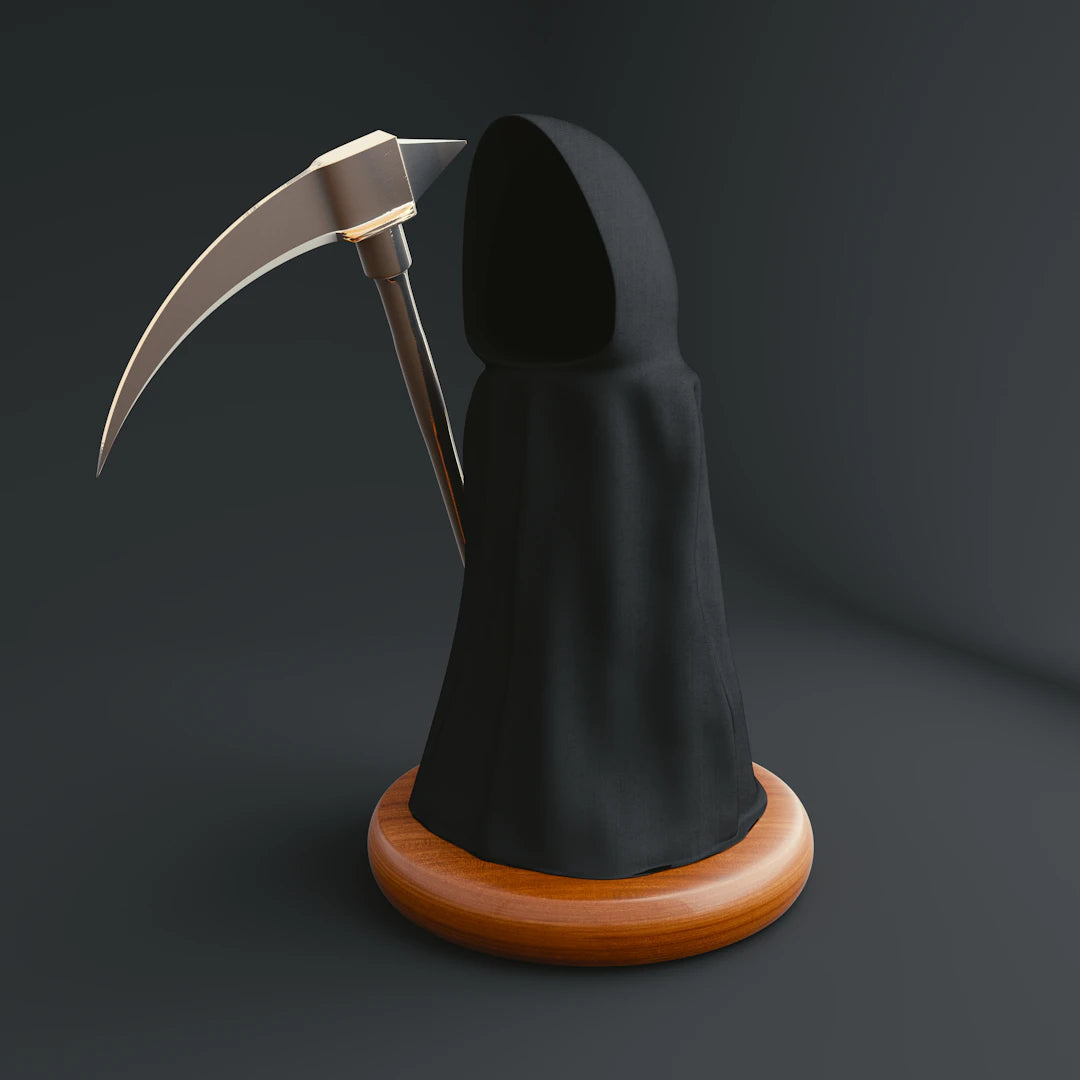
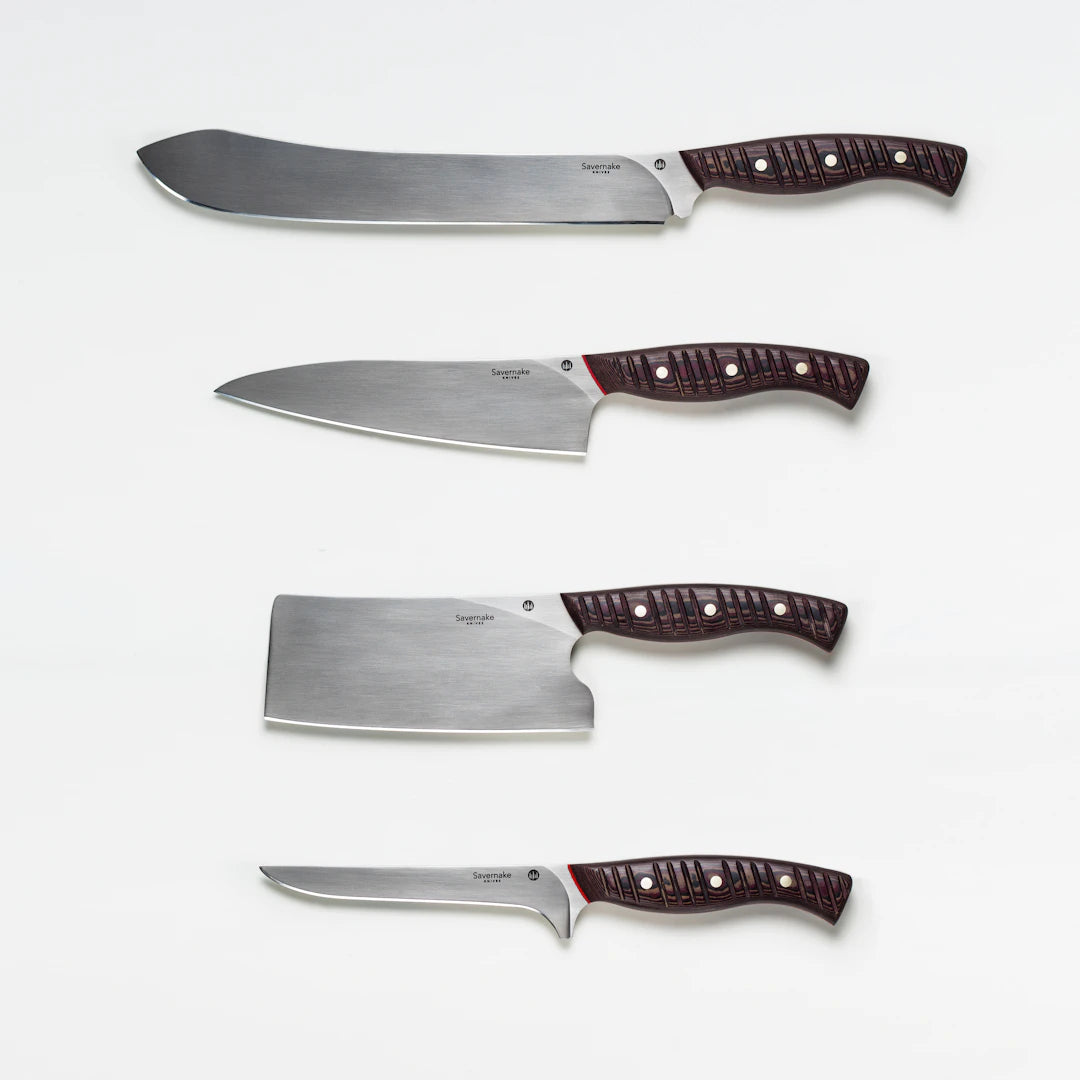
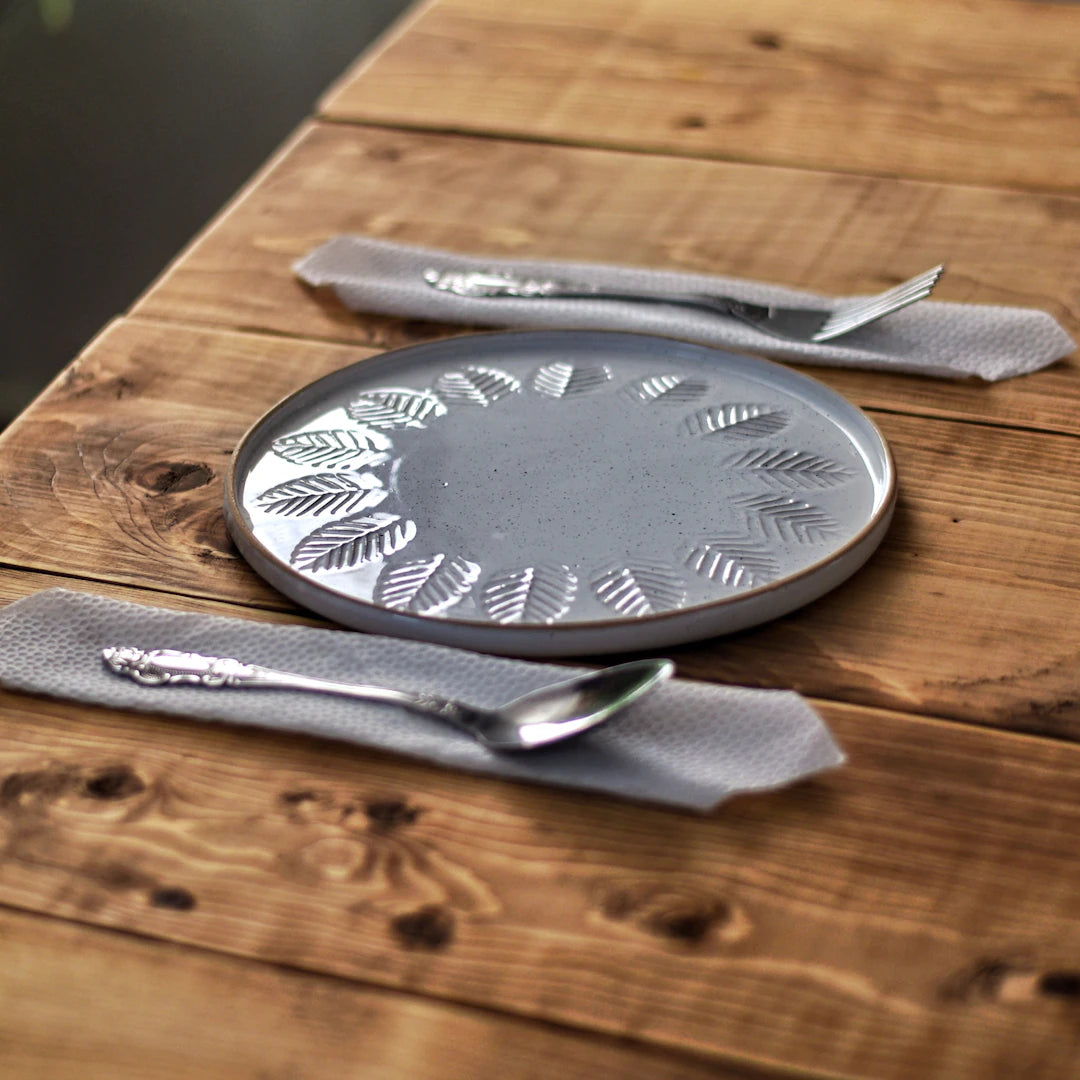

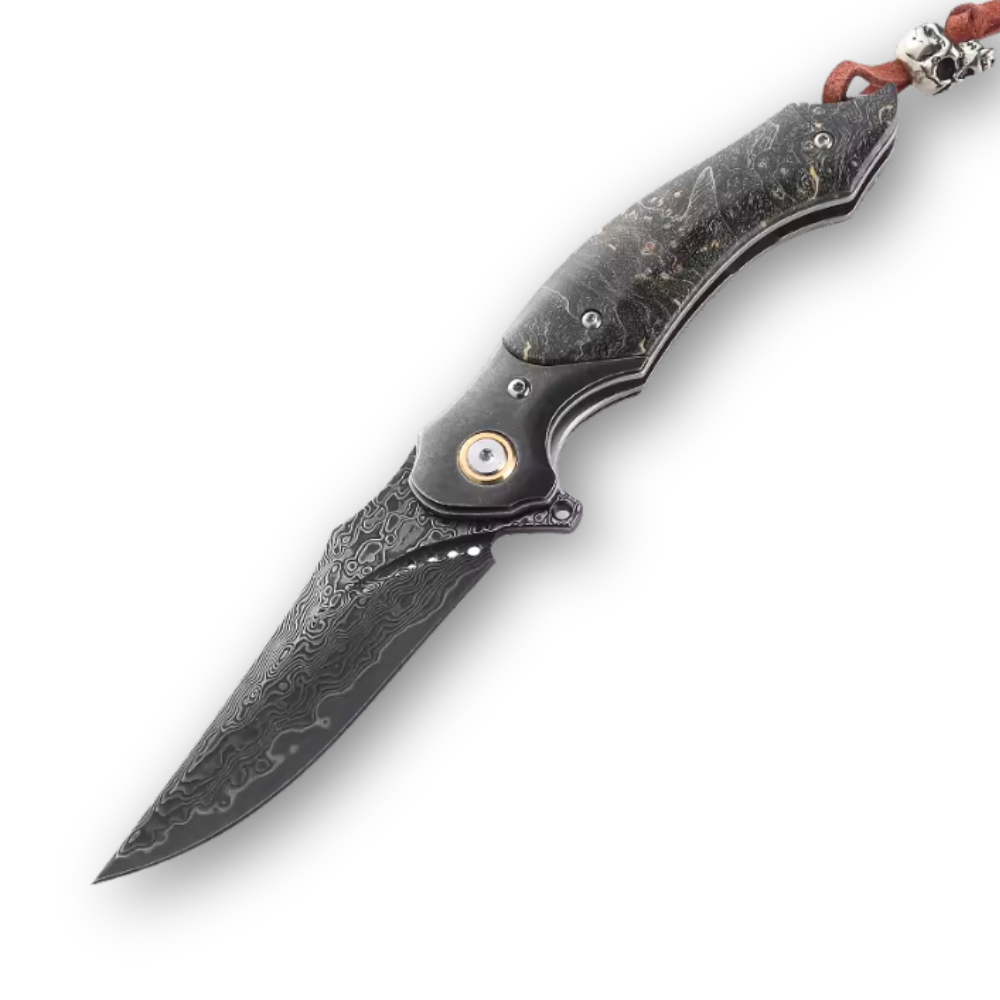
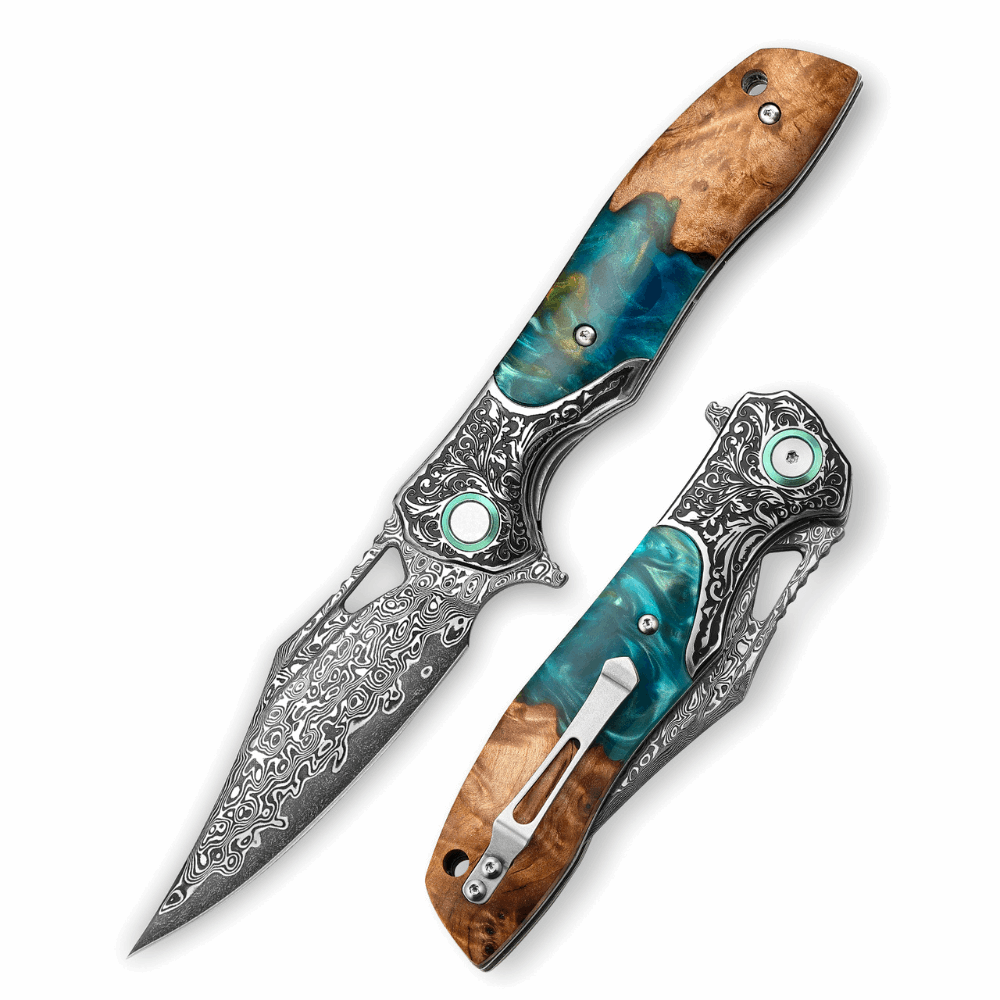
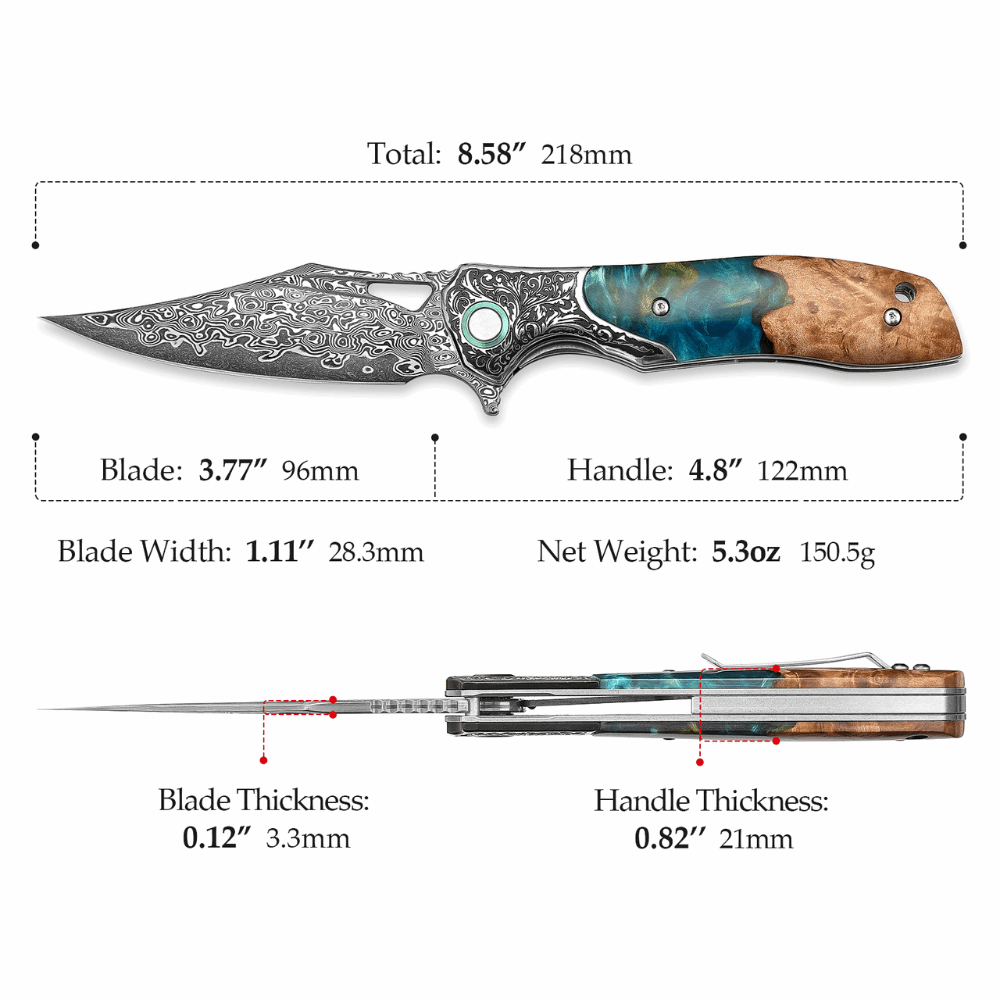
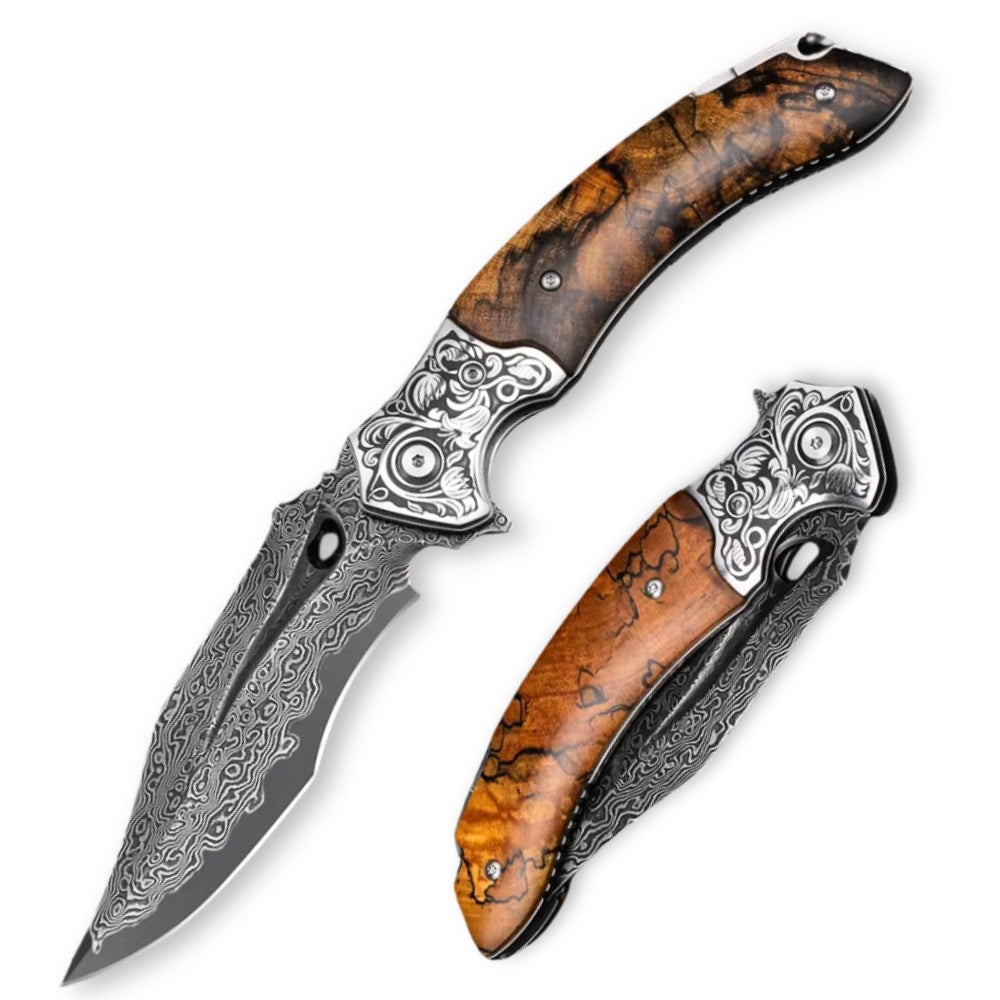
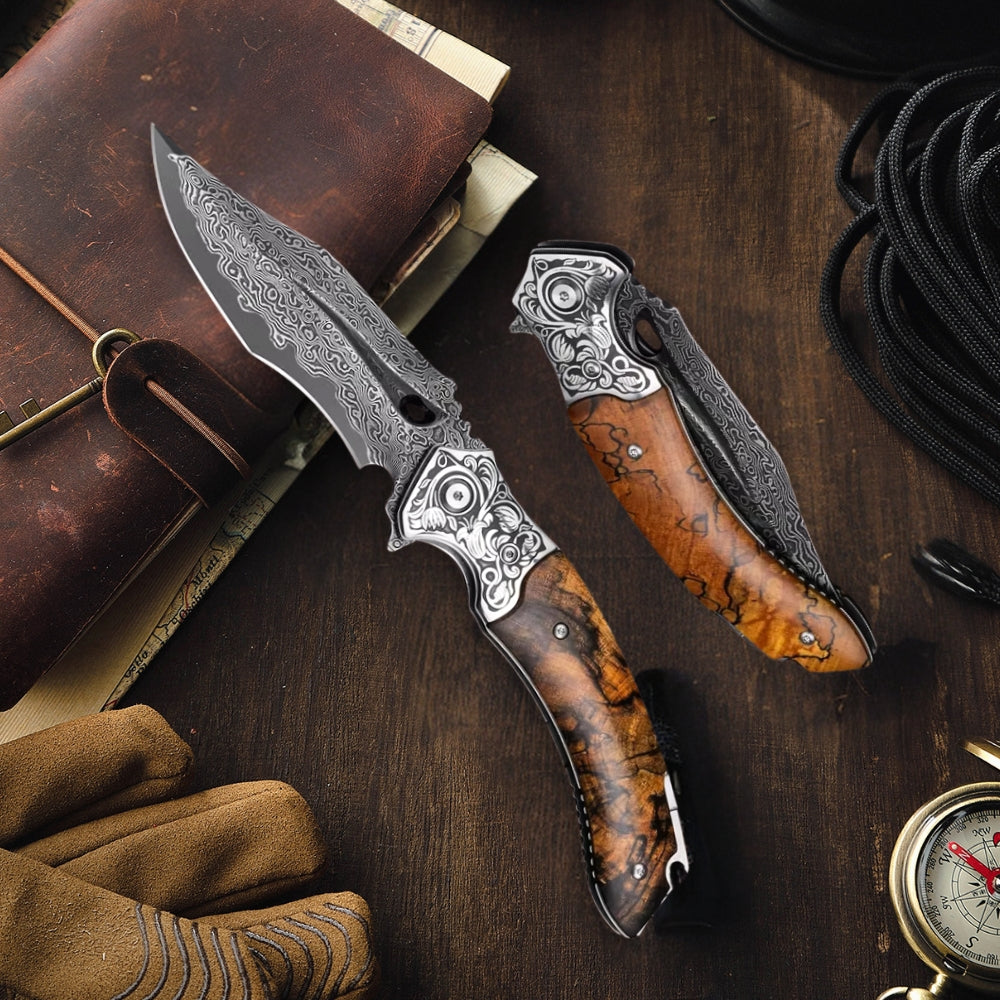
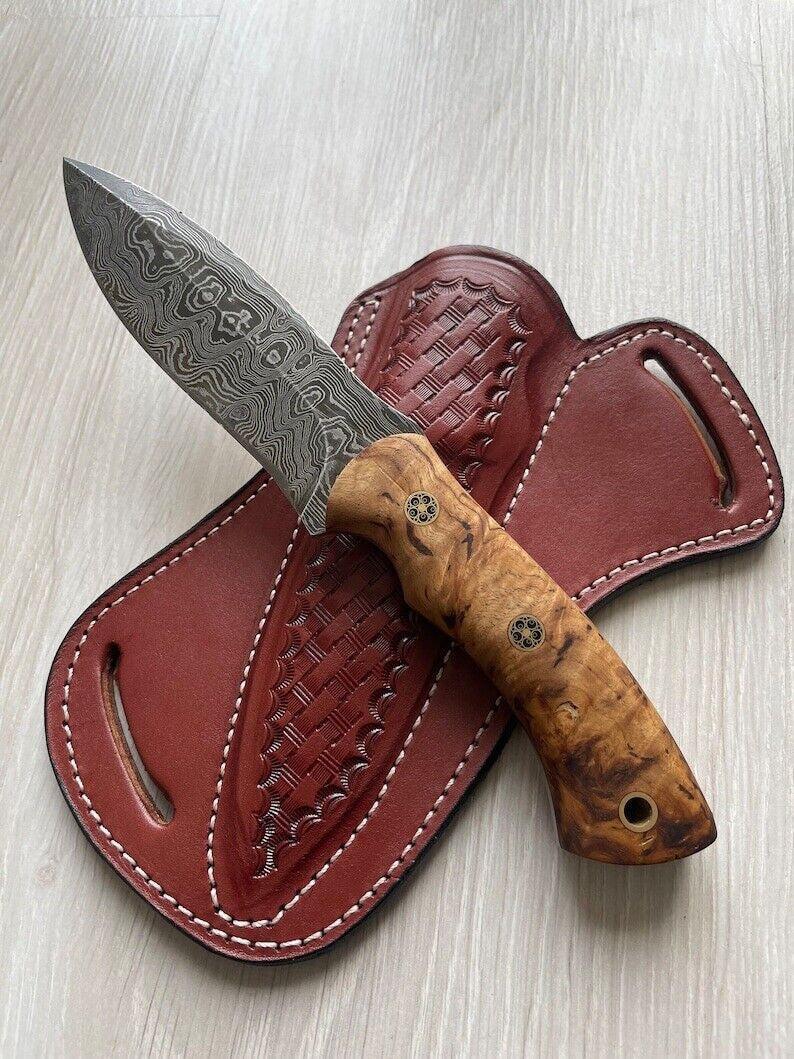
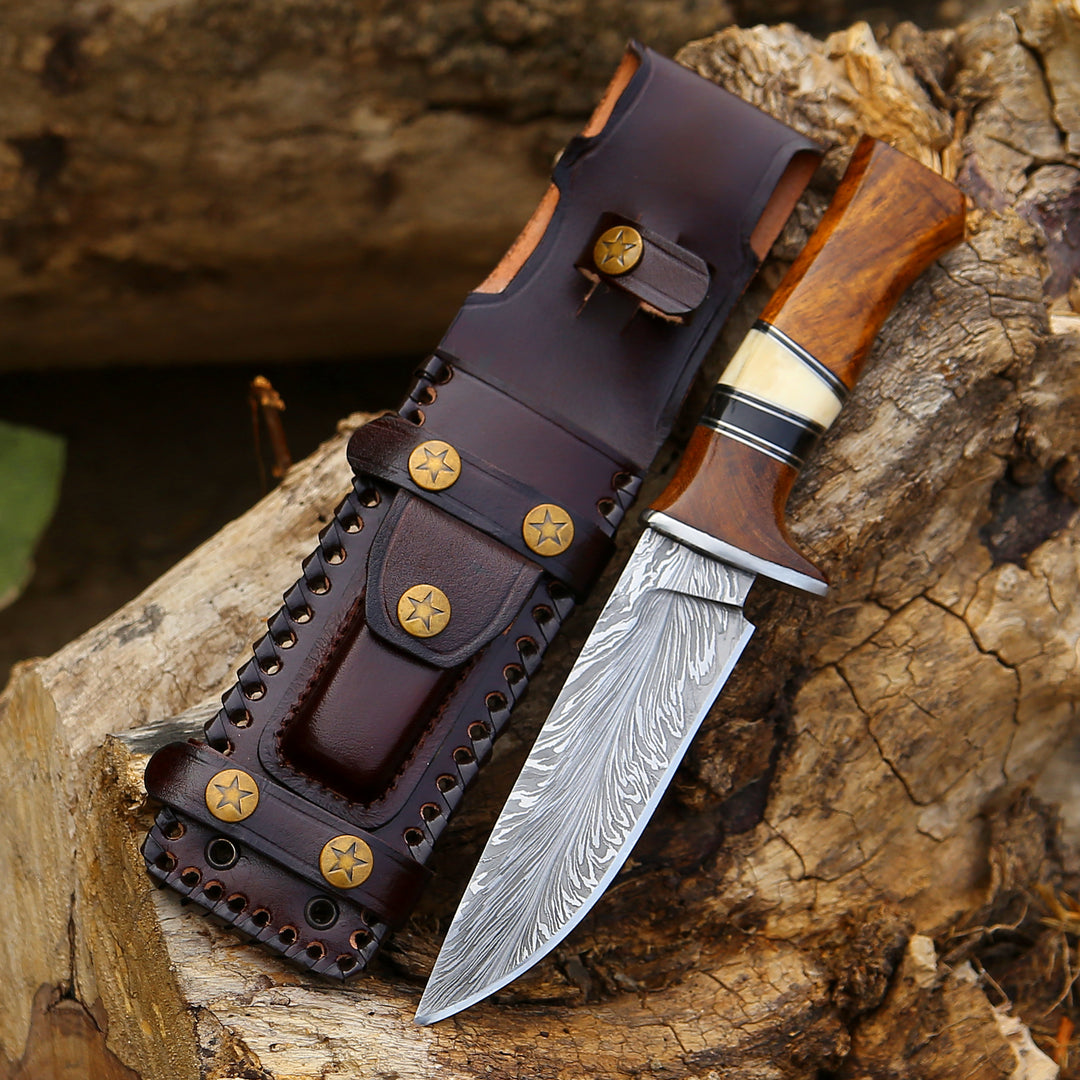
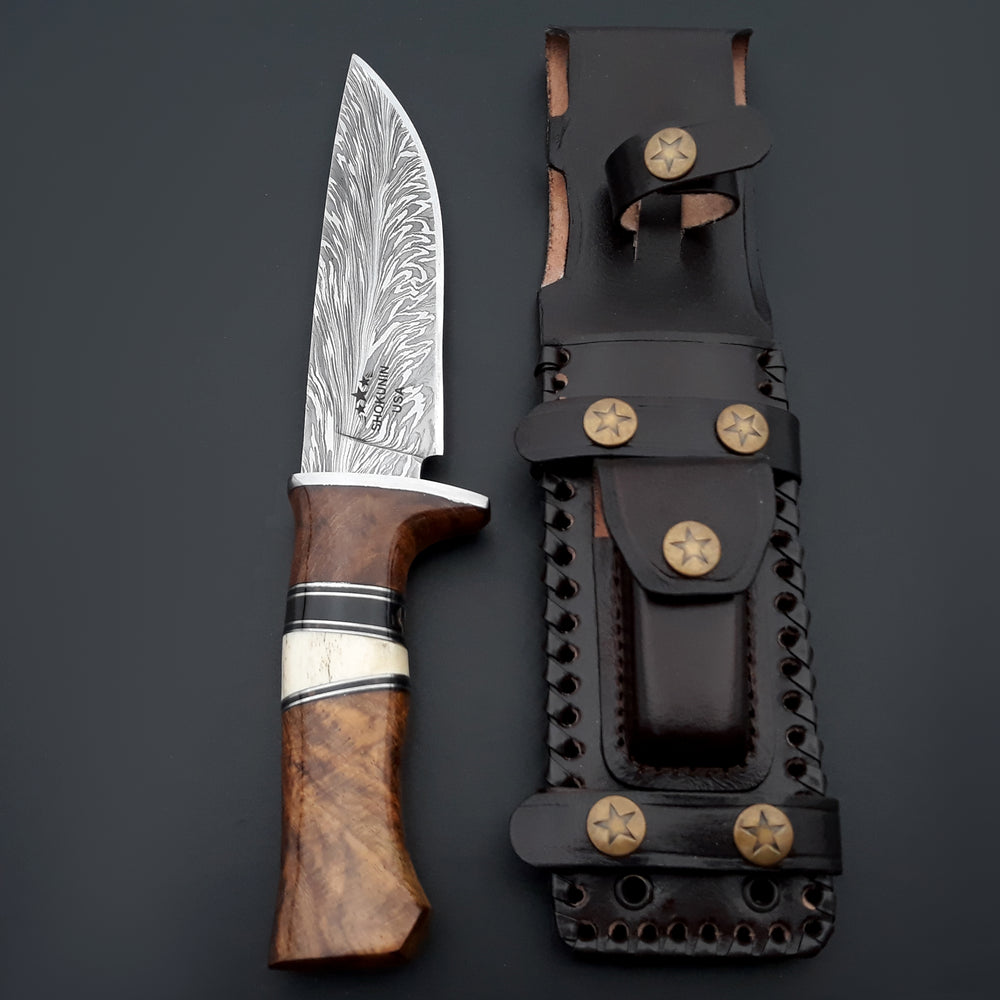
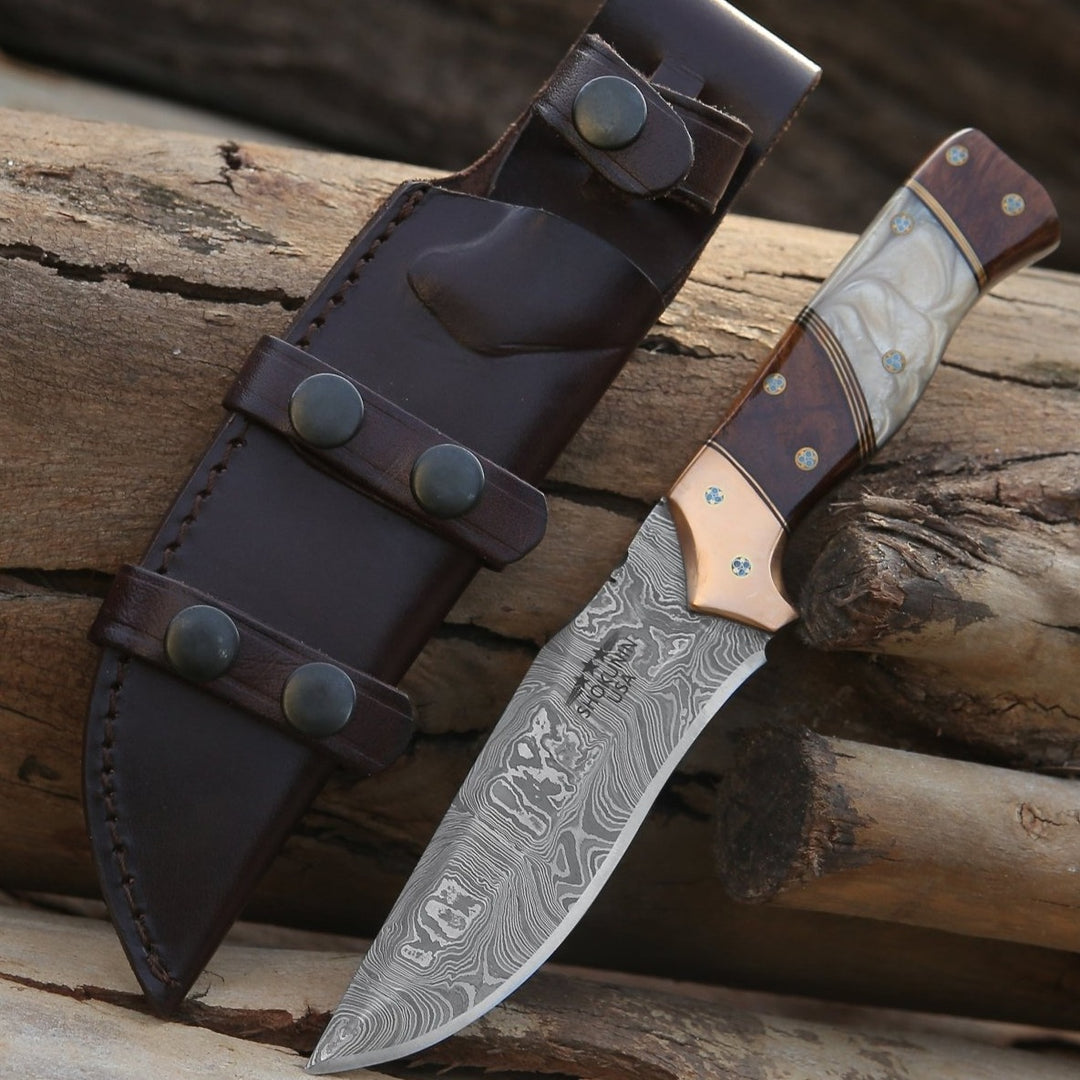
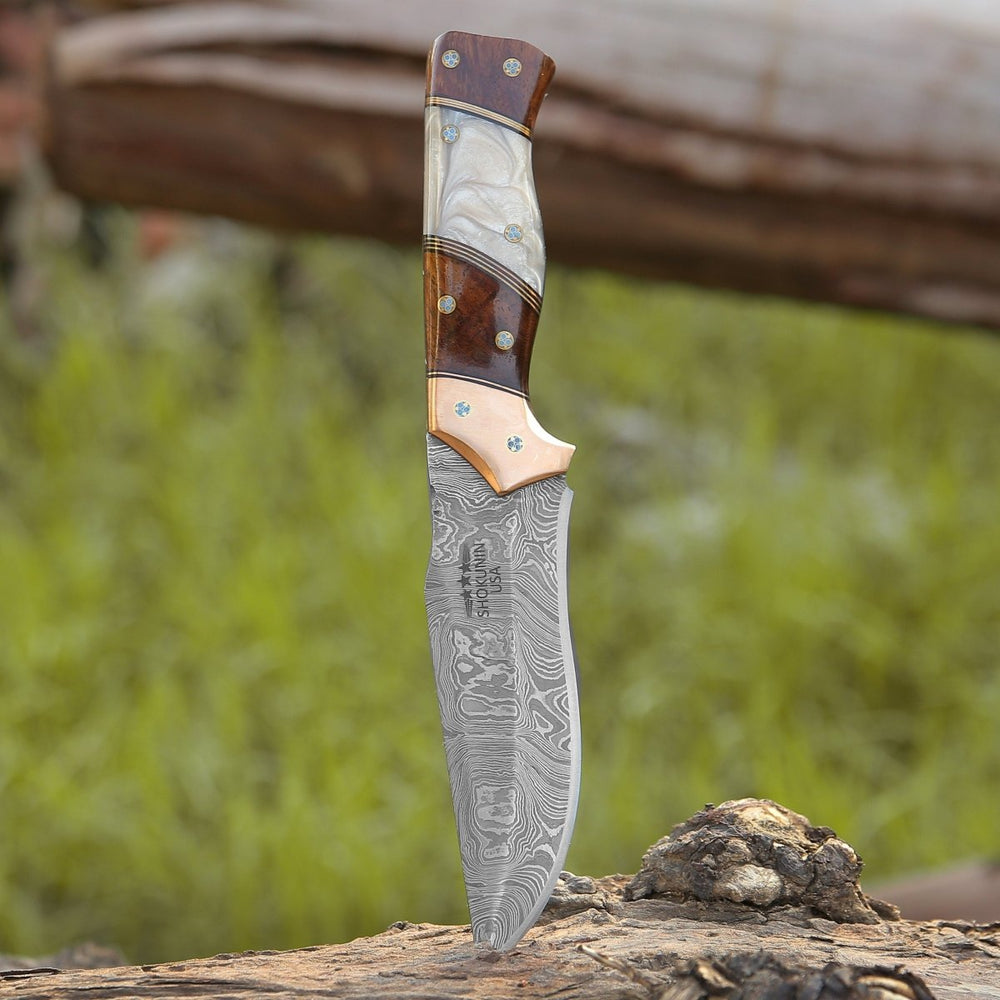
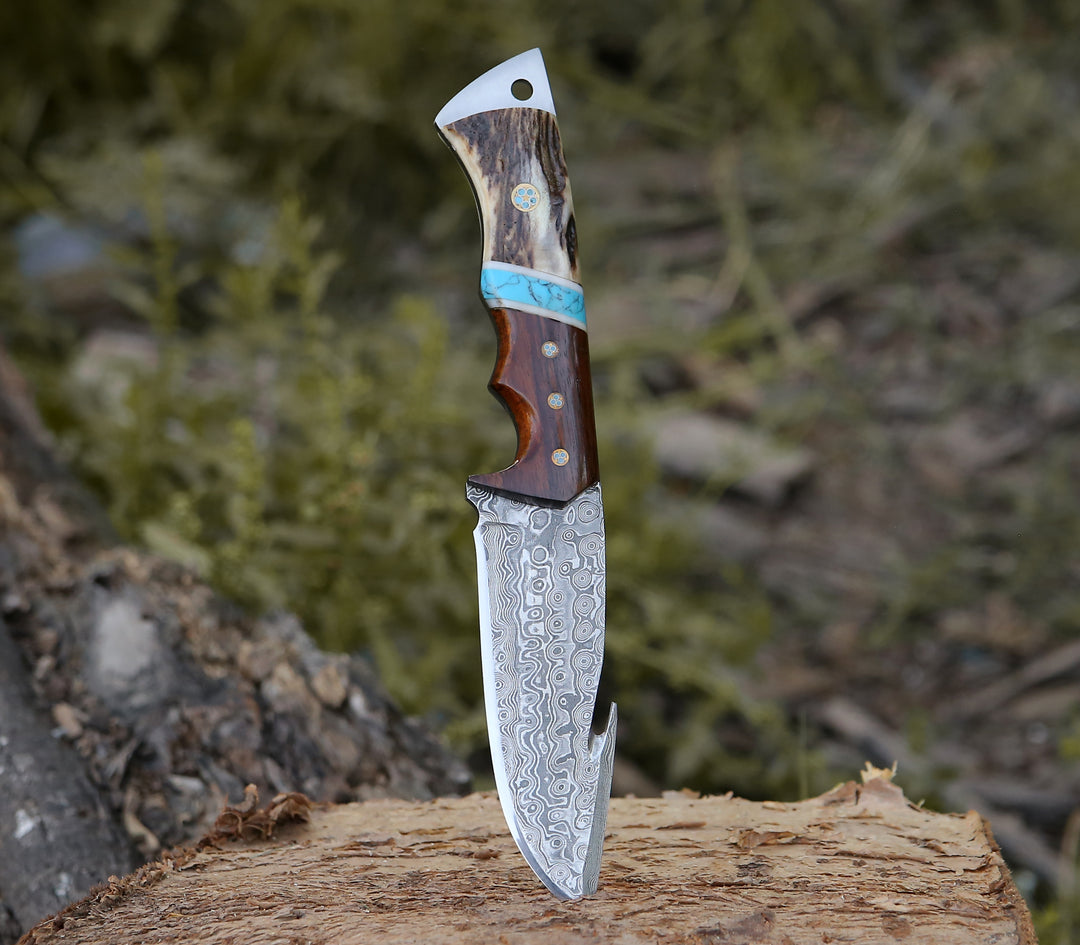
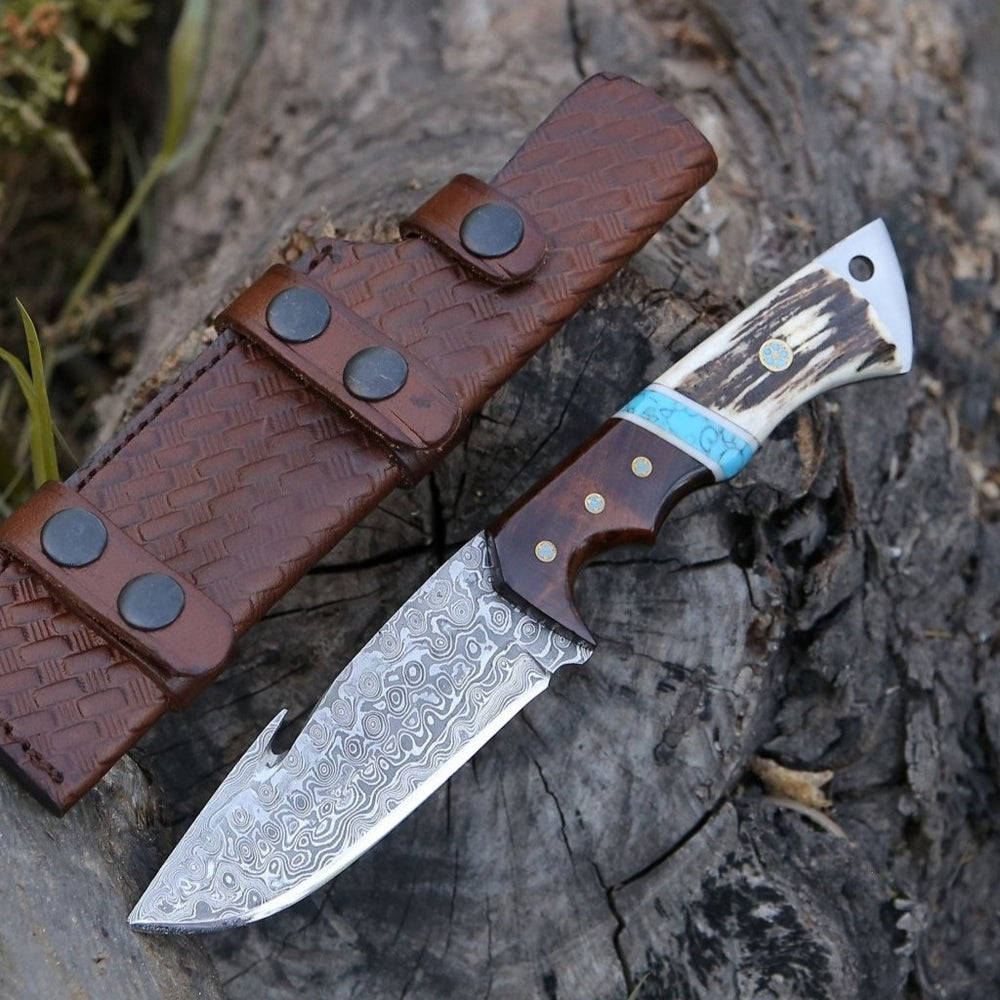
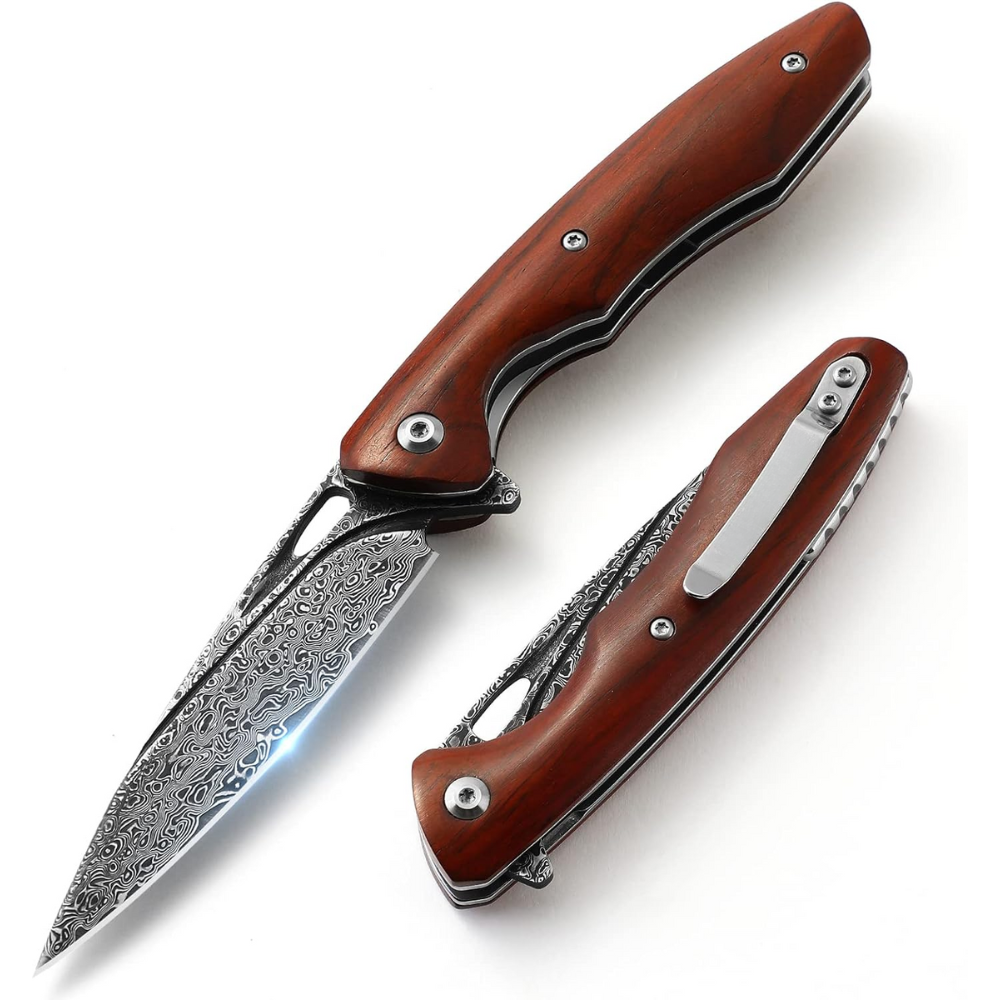

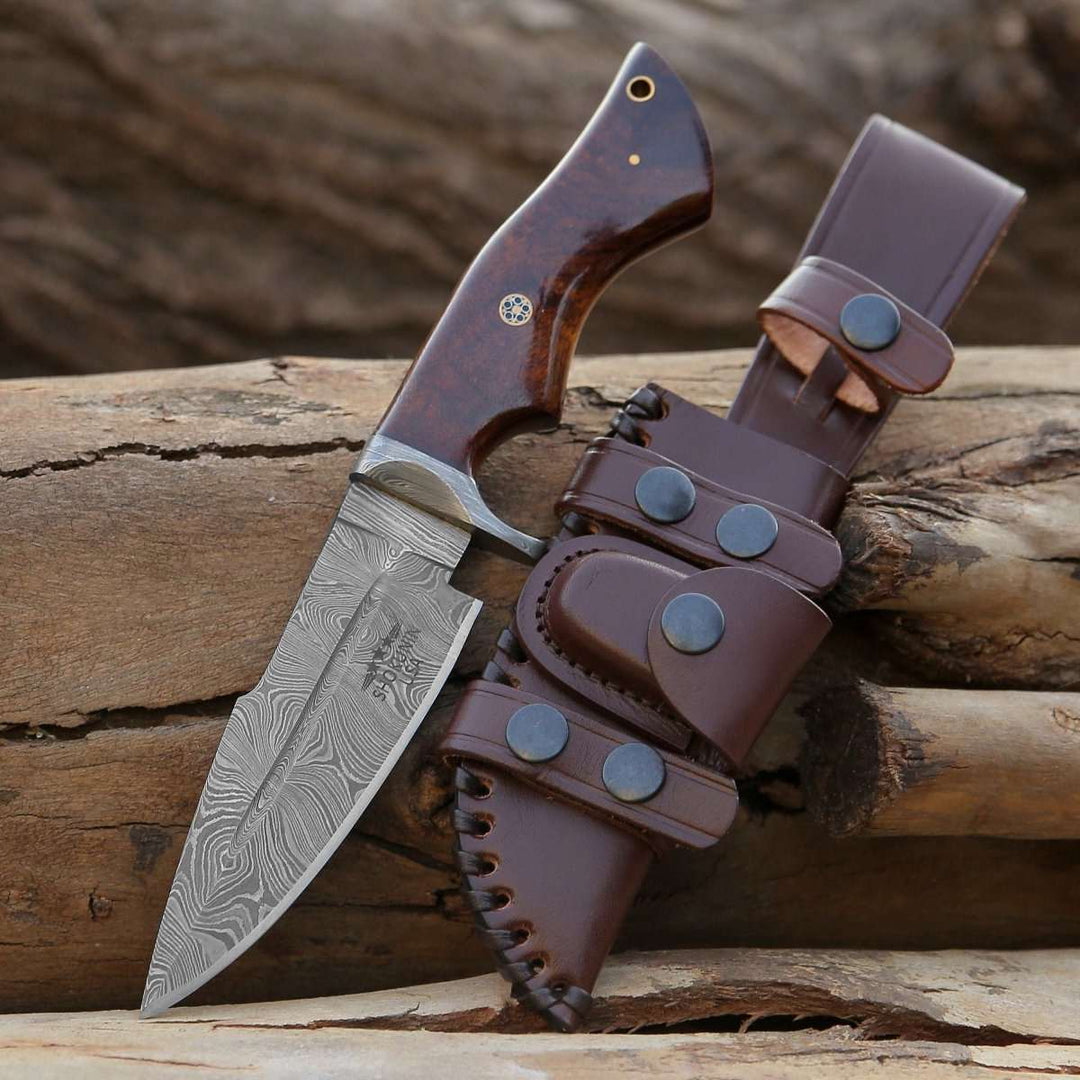
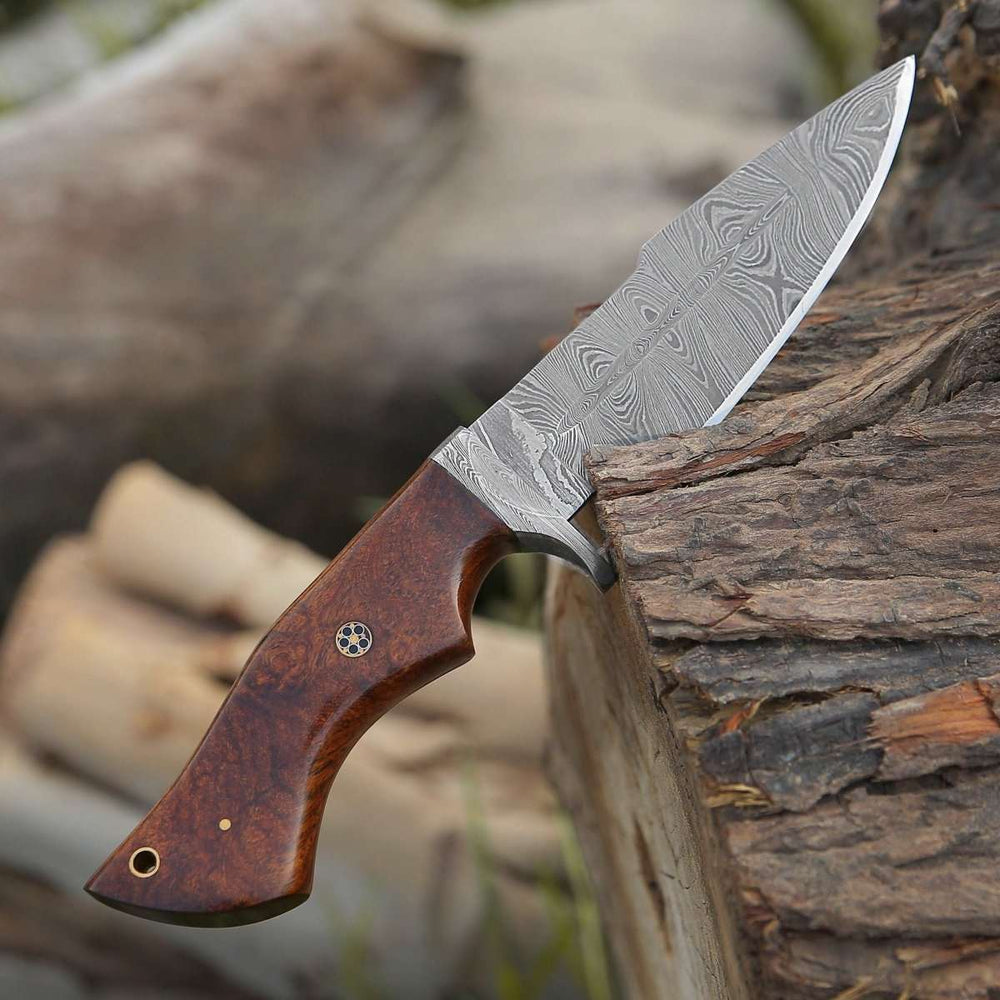
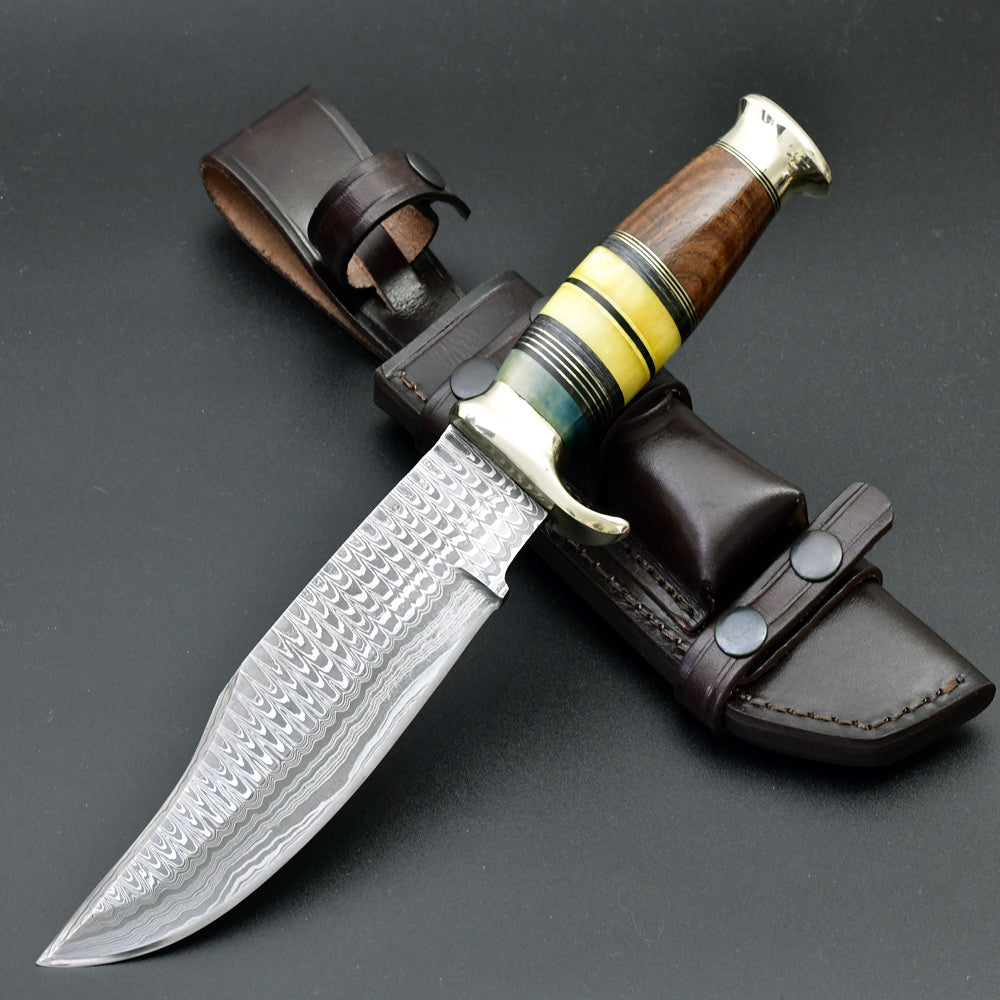
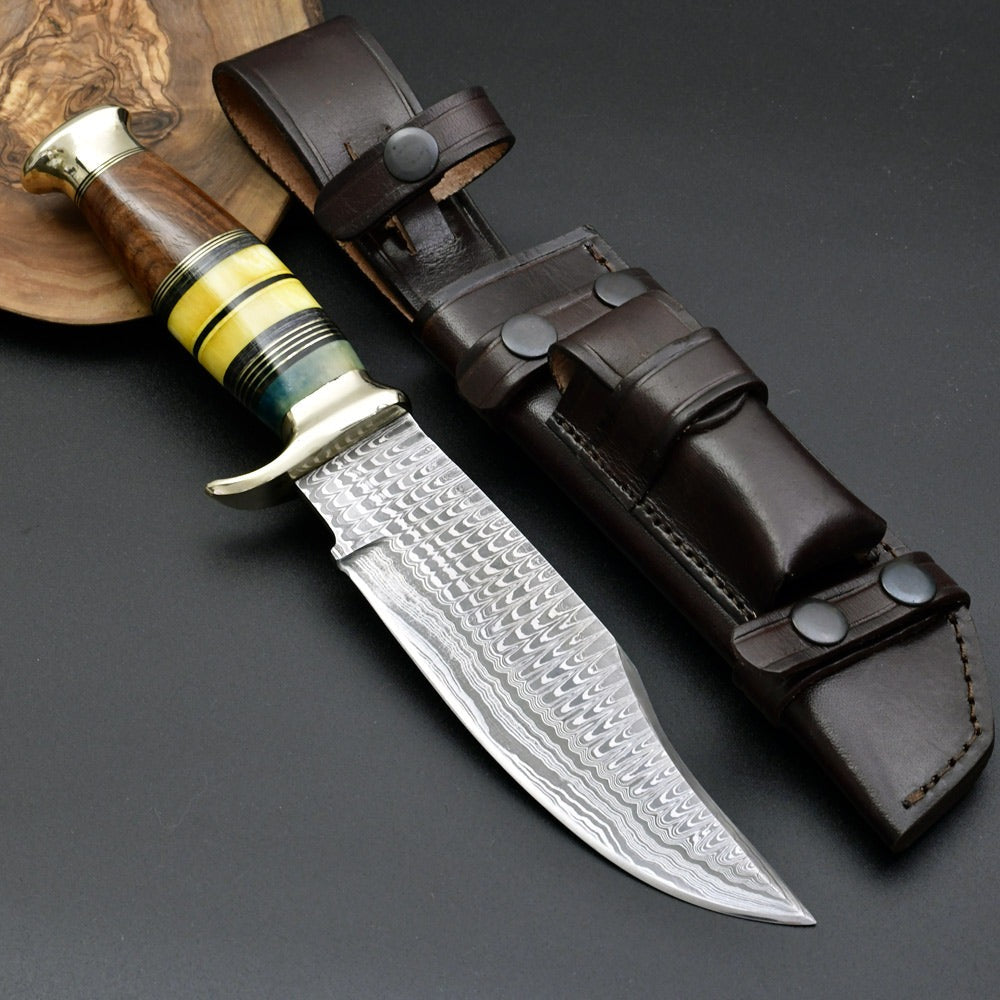
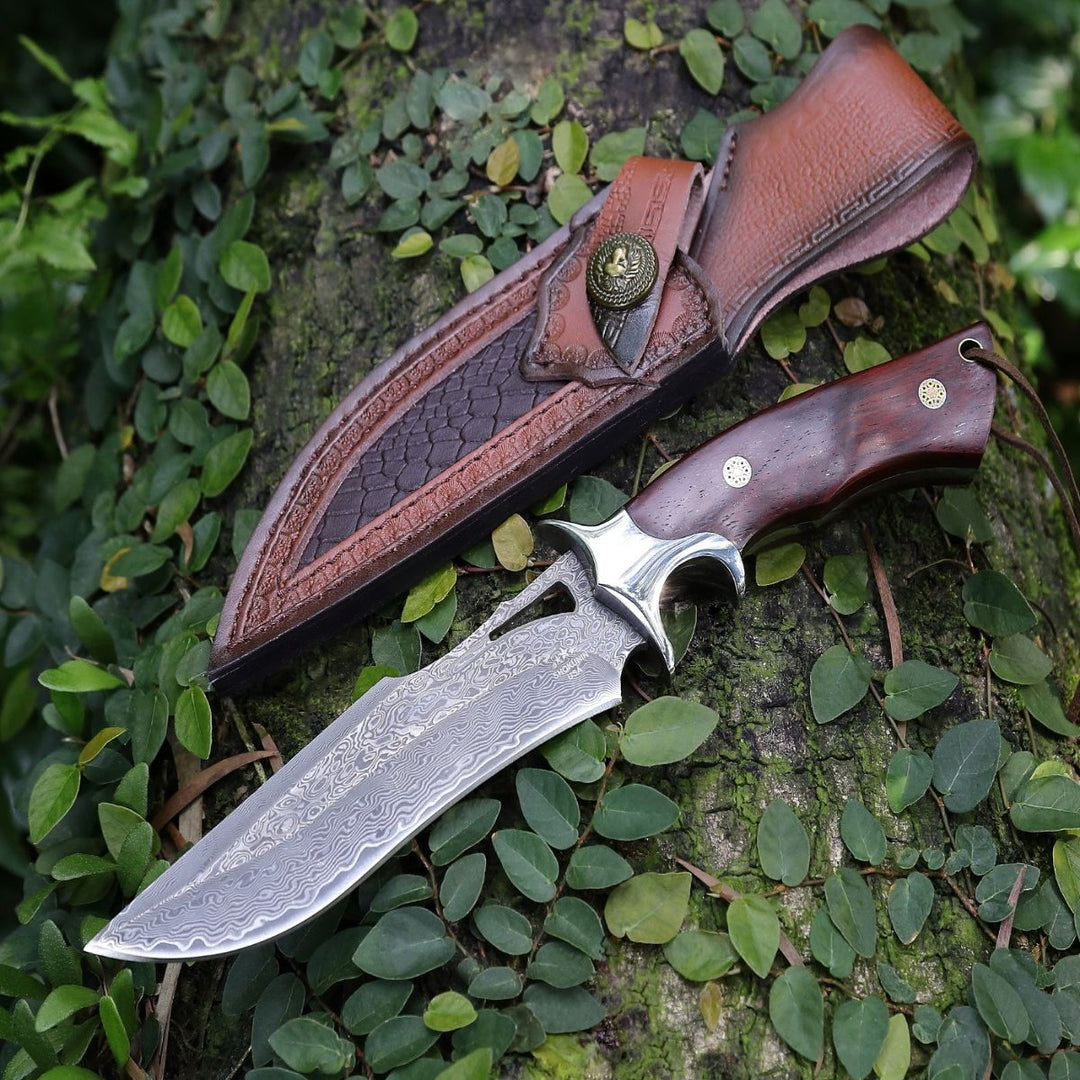
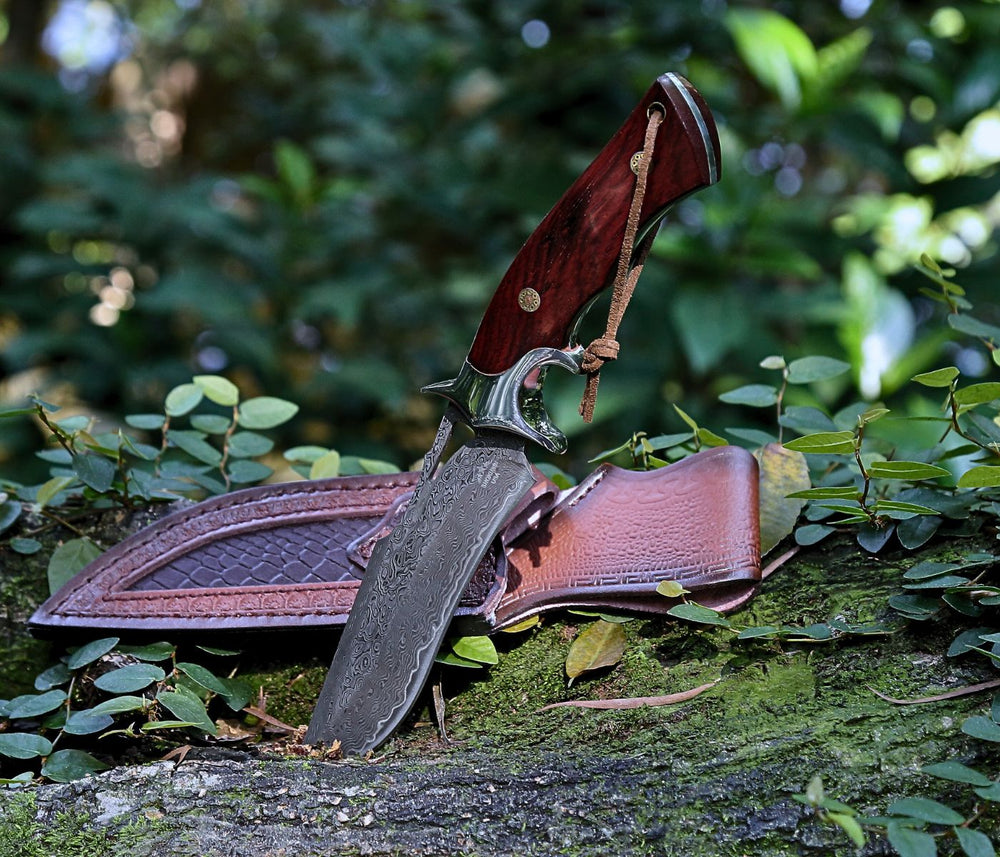
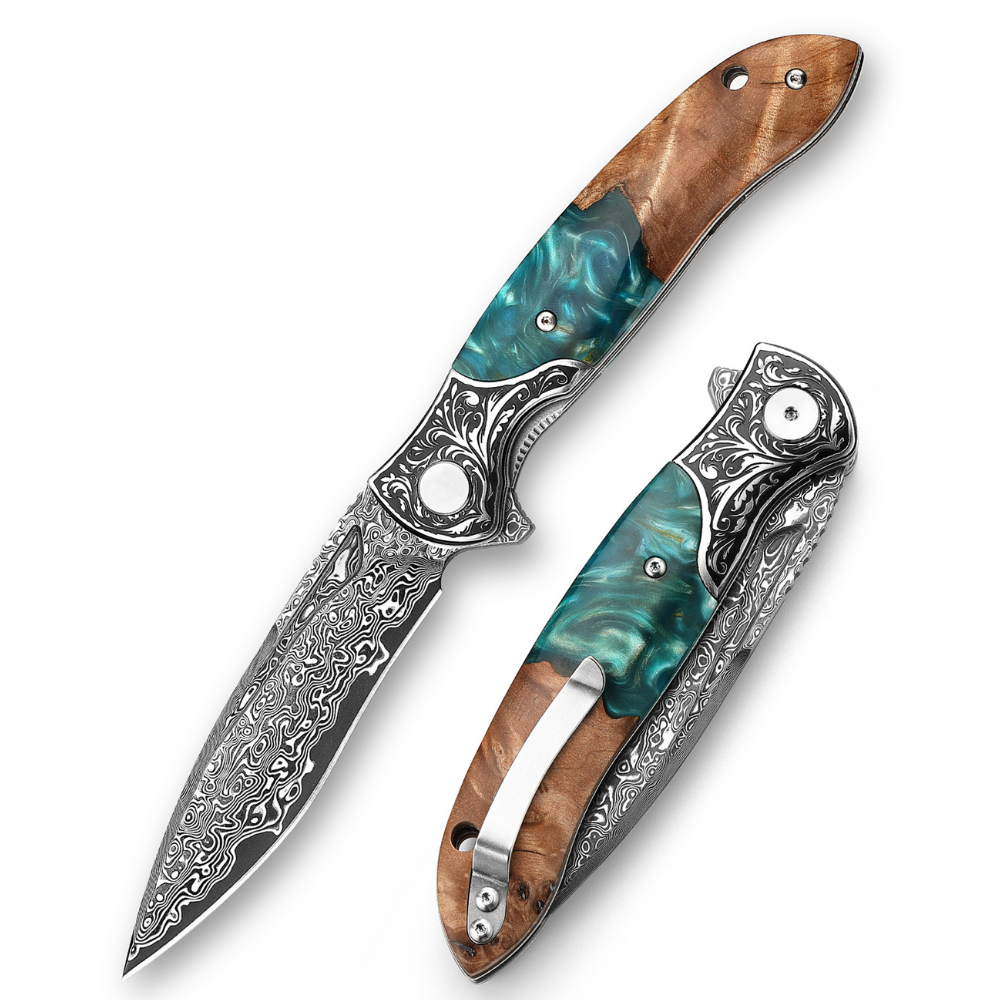
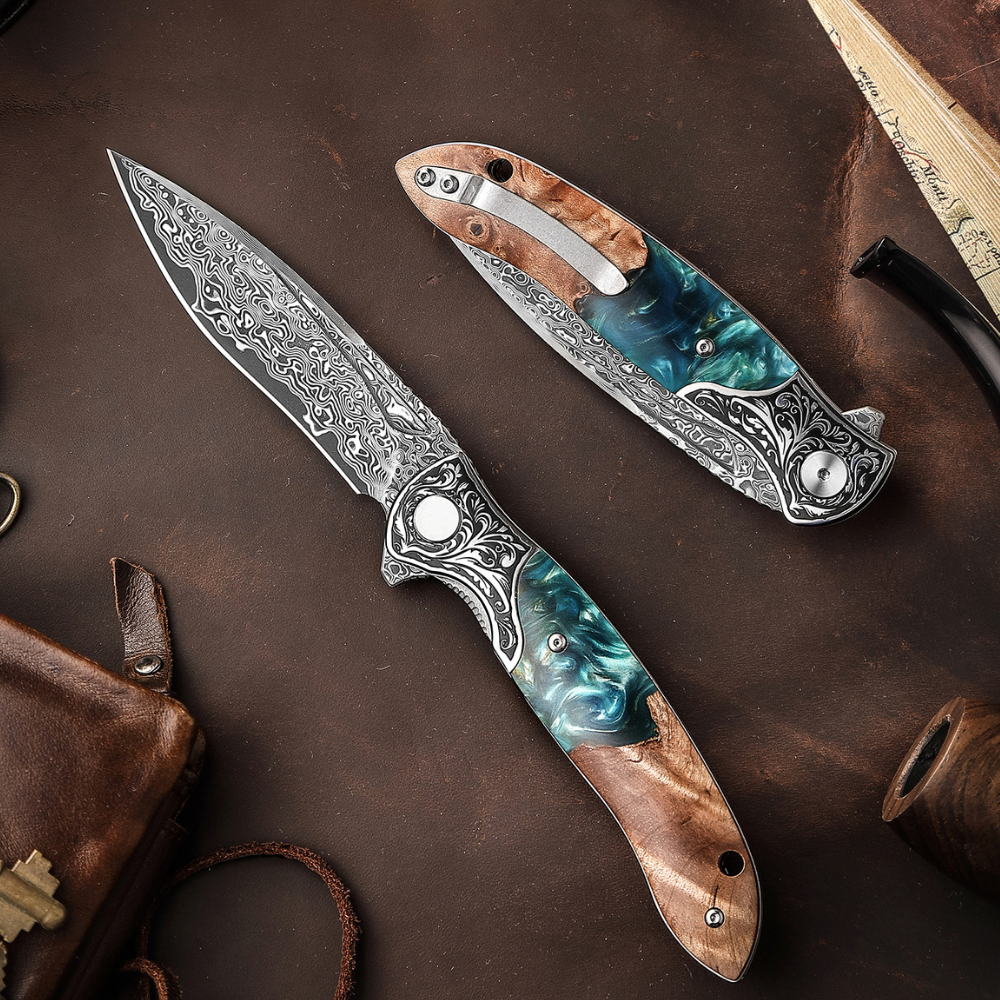
Leave a comment